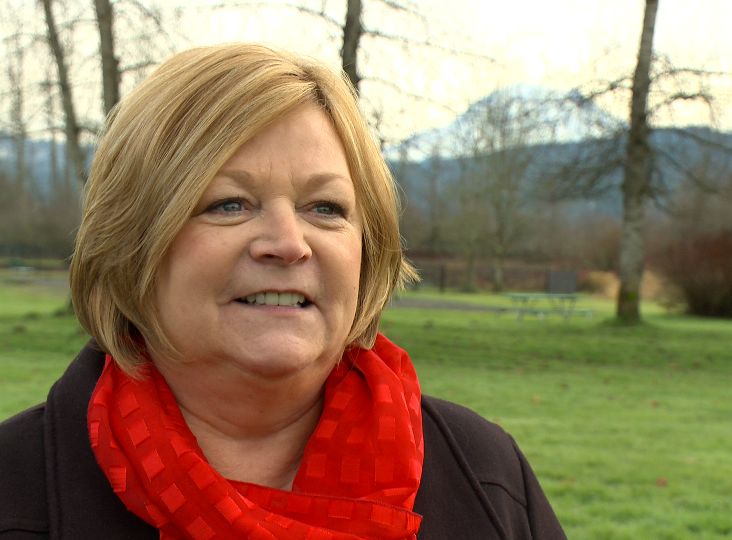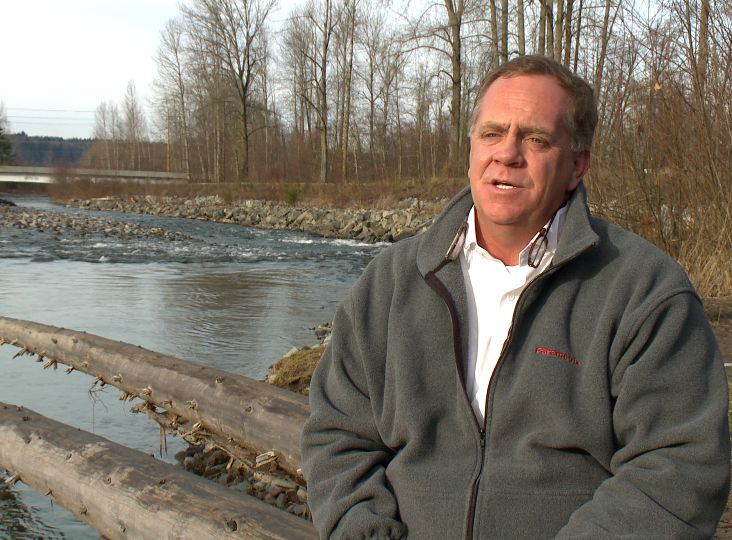PERSPECTIVES
People from many walks of life see the benefits of Floodplains by Design projects. For farmers, the projects are reducing their risk of losing crops to flooding. First responders see improved public safety. Tribes and conservationists are excited by the prospect of improved salmon habitat. Construction workers gain employment, public works and floodplain managers witness greater coordination and efficiency. The list goes on. Below is a sampling of these diverse perspectives.
Zane Gibson of Orting Valley Fire and Rescue highlights the public safety benefits of two Floodplains by Design projects along the Puyallup River. The Calistoga Reach and Neadham Road projects will address persistent flooding issues for the City of Orting while restoring 100 acres of salmon habitat.
Washington State Dairy Federation Executive Director and farmer Jay Gordon talks about the history of flooding in the Chehalis Valley, and the importance of collaborative approaches to floodplain management.
Jason Griffith, fisheries biologist with the Stillaguamish Tribe, explains the loss of salmon habitat in the Stillaguamish River estuary – and how a diverse partnership between the tribe, local farming community, The Nature Conservancy and public agency partners came together to restore habitat while protecting farmland at Port Susan Bay.
Hans Hunger, Pierce County Capital Improvement Program Manager, explains how the Floodplains by Design projects on the Puyallup River are a smart investment of taxpayer dollars: by working with nature instead of against it we save money over the long term, protect local citizens from dangerous and costly floods, and restore salmon habitat.
Mark Isaacson, King County Water and Land Resources Division Director, explains how the Rainbow Bend project on the Cedar River accounts for public safety, recreation and wildlife habitat.
Jon Miller tells his family’s story of living in the path of flood waters along the Cedar River. King County helped relocate Jon and his family out of harm’s way as part of the Rainbow Bend project.
King County Councilmember Larry Phillips talks about the benefits of diverse interests and funding sources coming together to achieve multiple objectives at the Cedar River Rainbow Bend project.
Congressman David Reichert of Washington’s 8th District explains how the Calistoga Reach and Neadham Road projects will deliver a broad range of public benefits to the City of Orting, as well as those living downstream.
Puget Sound Partnership Executive Director Sheida Sahandy draws the connection between floodplains and Puget Sound health.


The economic benefit to Pierce County as a whole is very important. Twelve percent of the total assessed value in Pierce County lies in the floodplain, and many people work and live in that floodplain. So this is very important to protect infrastructure, maintain those jobs, and at the same time ensure that Pierce County is economically viable for many years to come.
